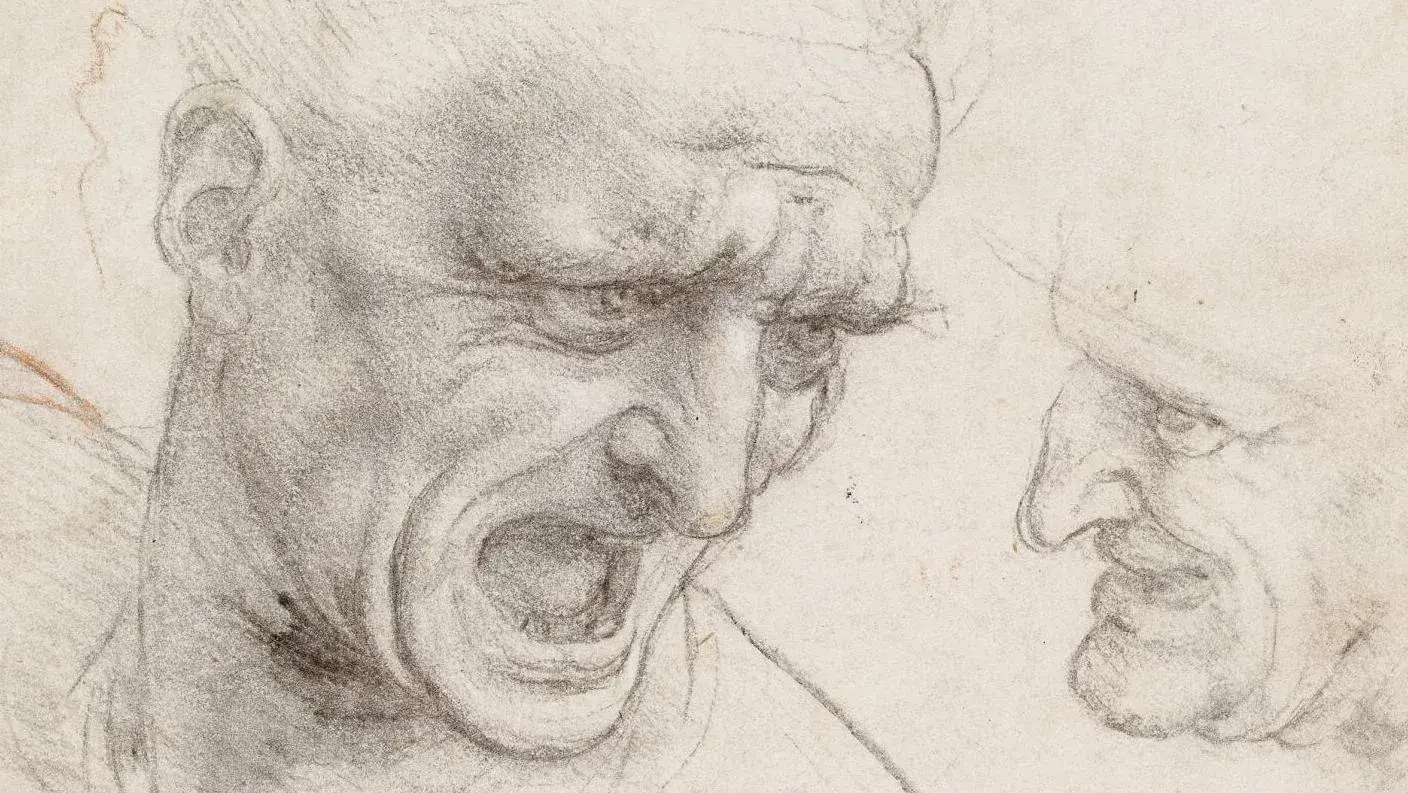Esterházy Collection Masterpieces at the Guggenheim
Published on

As part of a partnership, the Bilbao Guggenheim is hosting some exquisite works on paper from the Budapest Museum of Fine Arts. A selection spanning seven centuries of graphic creation in a minimalist staging that shows off the collection impeccably. Leonardo da Vinci (1452-1519), Studies of Heads, c. 1504-1505, black chalk or charcoal and traces of sanguine, 19.1 x 18.8 cm/7.5 x 7 in (detail).Budapest, Museum of Fine Arts. © 2025 Museum of Fine Arts, Budapest The Guggenheim in Bilbao is a mecca of 20th and 21st century artistic creation, where Old Masters are few and far between. It is administered by a foundation









